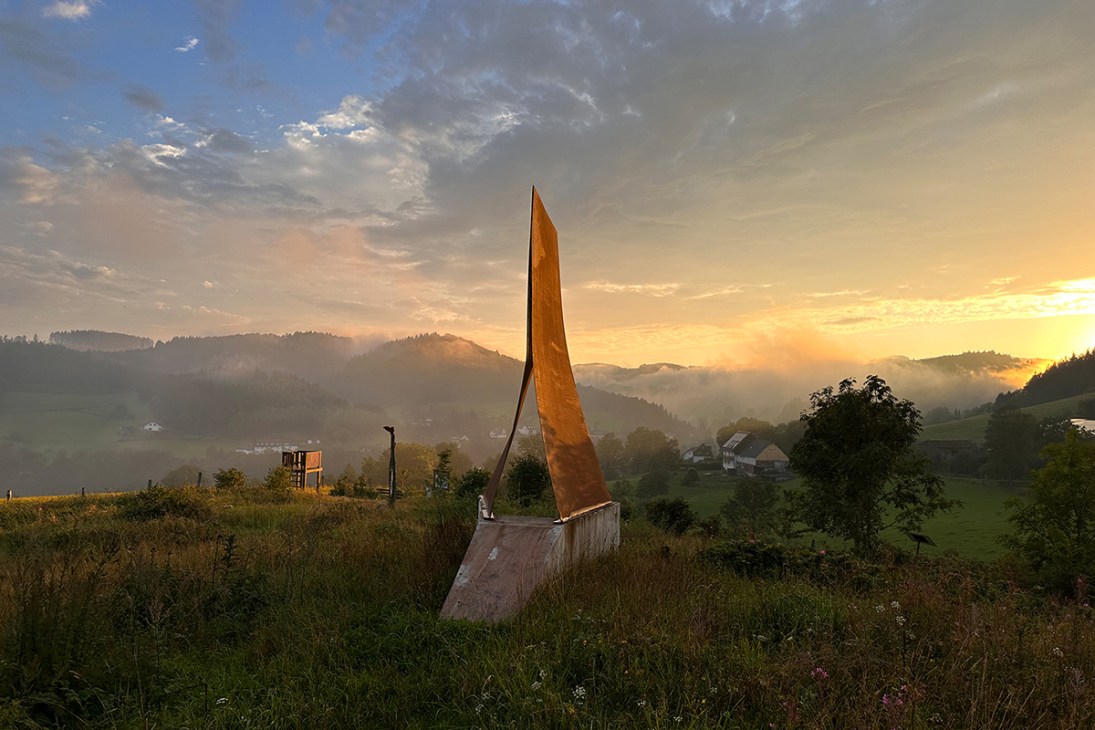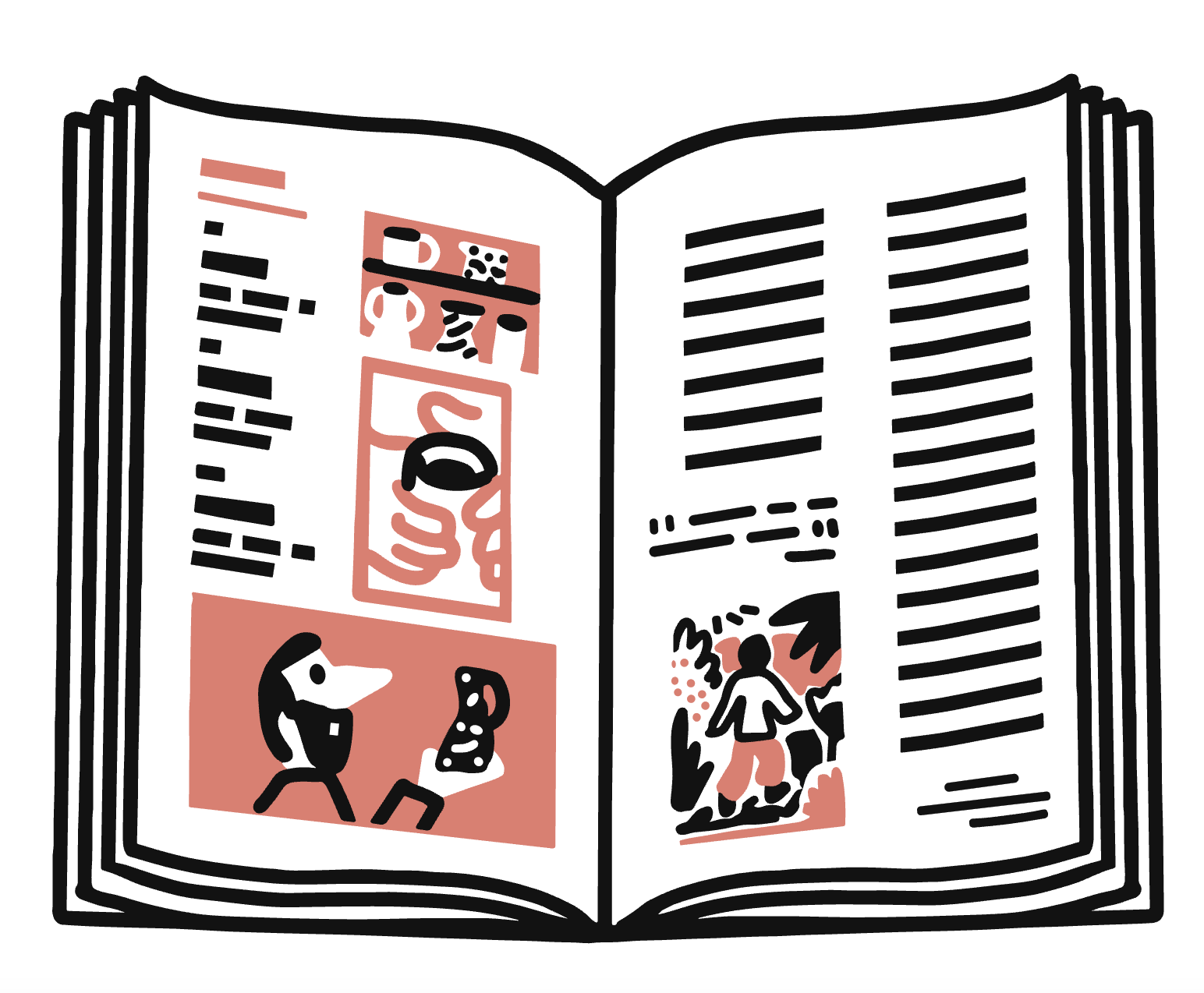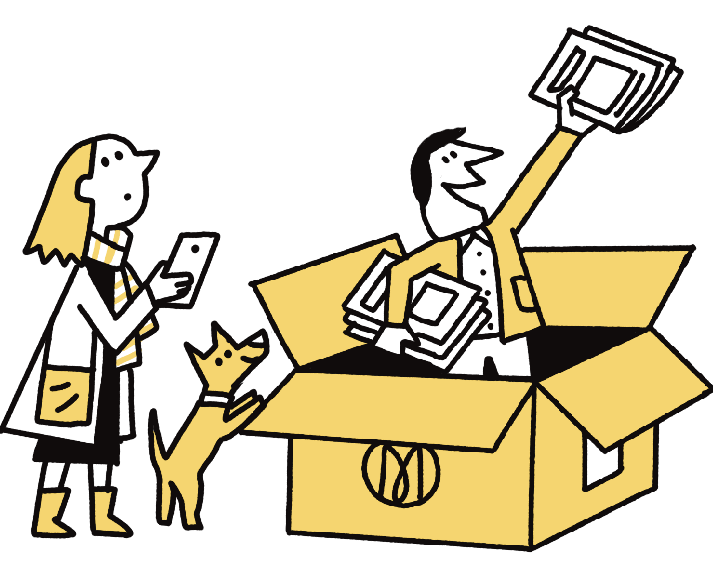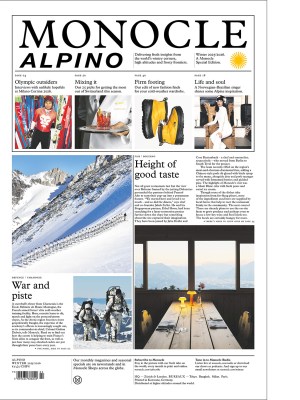An architect’s perspective on what city slickers can learn from country folk
There’s a stereotype that people in the countryside are resistant to change. This could not be further from the truth. In Referinghausen, a village where I grew up in the Sauerland region of southwestern Germany, the land isn’t very fertile, meaning only one child in a family would inherit the farm. Their siblings would have to do something else. In the country, self-sufficiency is in our DNA and there’s a need to do something in order to innovate and survive.
Today my work as an architect is informed by the German idea of Selbstwirksamkeit (self-efficacy). People want to be part of something – to be able to shape and take responsibility for their environment. In the modern world, however, we’re all too often treated as passive consumers. That kind of outlook is especially difficult for those of us with a rural background to accept because we’re used to helping each other. In small communities, we’re dependent on each other: people work together and become co-authors of projects. That fosters a sense of shared identity and belonging, as well as pride.

People around here don’t tend to ask for permission as much as in cities. With Open Mind Places, an initiative run by my architecture firm that seeks to engage rural communities by creating open-air pavilions made from found materials, we didn’t go to the building authorities. Our attitude is to test and do. Many young people who have a connection to the area choose to come back after studying or working in big cities because they want the freedom to be creative, to have a workshop or a farm and to make art. Things are also more affordable, faster and less complicated. They can experiment here.
I have lived with the cycles of nature, sowing seeds in spring and harvesting in autumn, while helping to ensure that the system was stable. It’s a lifestyle that is reflected in the region’s traditional architecture, which consists mainly of Fachwerk houses. These have a solid base and a half-timber structure filled with straw, earth, clay or stone. You see a lot of locally sourced materials and brick too – there’s no deliberations over what material to source in from abroad or traverse cross-country. Admittedly, it’s a kind of architecture in which things aren’t quite finished – it leaves space for the future. We all need to rebel against the belief that architecture is a machine that has to produce polished or perfect results. We prefer to focus on using what we have or what we can make: a way of working, whether in cities or in the countryside, that feels a part of our lives and is more open to real people.
As told to Stella Roos, Monocle’s design correspondent. Christoph Hesse is the founder of an eponymous architecture practice based between Korbach and Berlin, and is one of the exhibitors at the German Pavilion at this year’s 19th Venice Biennale. This essay appears in ‘The Monocle Companion: Fifty Ideas on Architecture, Design and Building Better’, which is out now.
This essay was published in ‘The Monocle Companion: Fifty Ideas on Architecture, Design and Building Better’, which is out now. The fifth title in our Companion series of paperbacks, it’s packed with fresh ideas on design, creativity and the built environment, with a focus on the 2025 Venice Architecture Biennale, which runs until 23 November.



